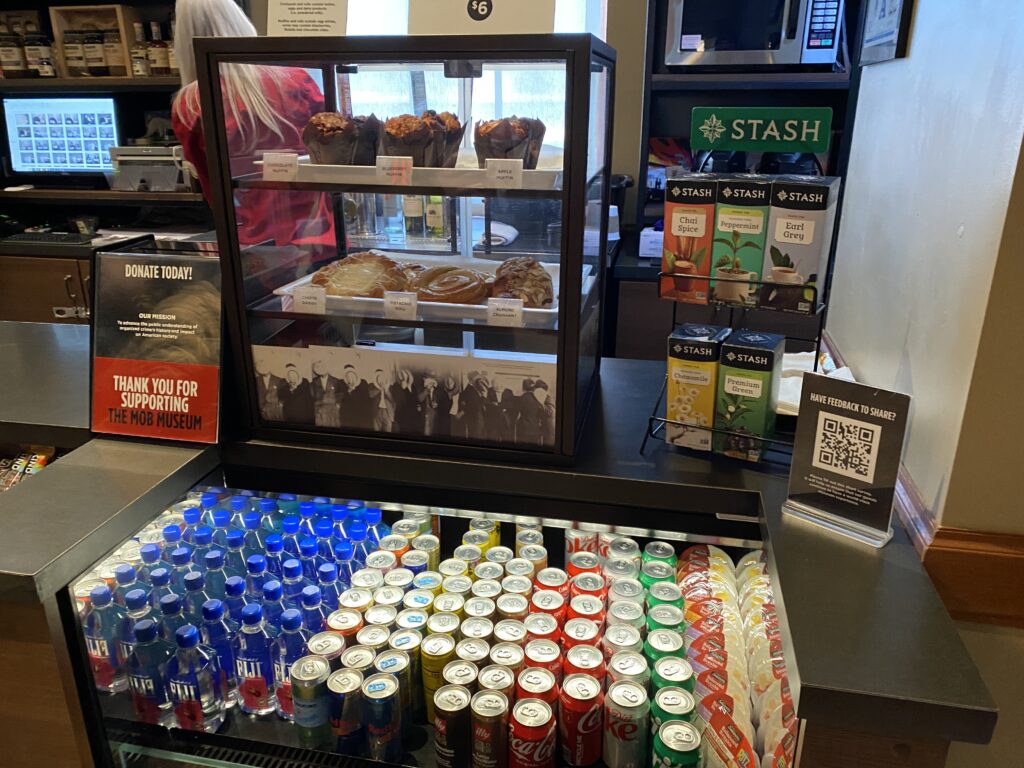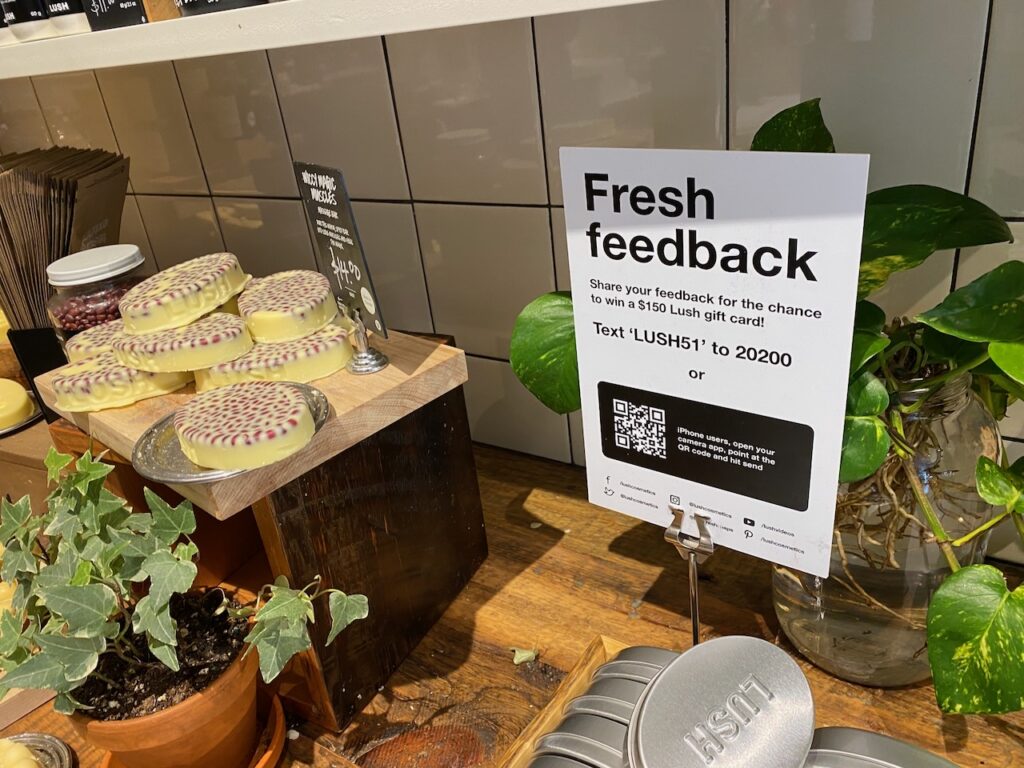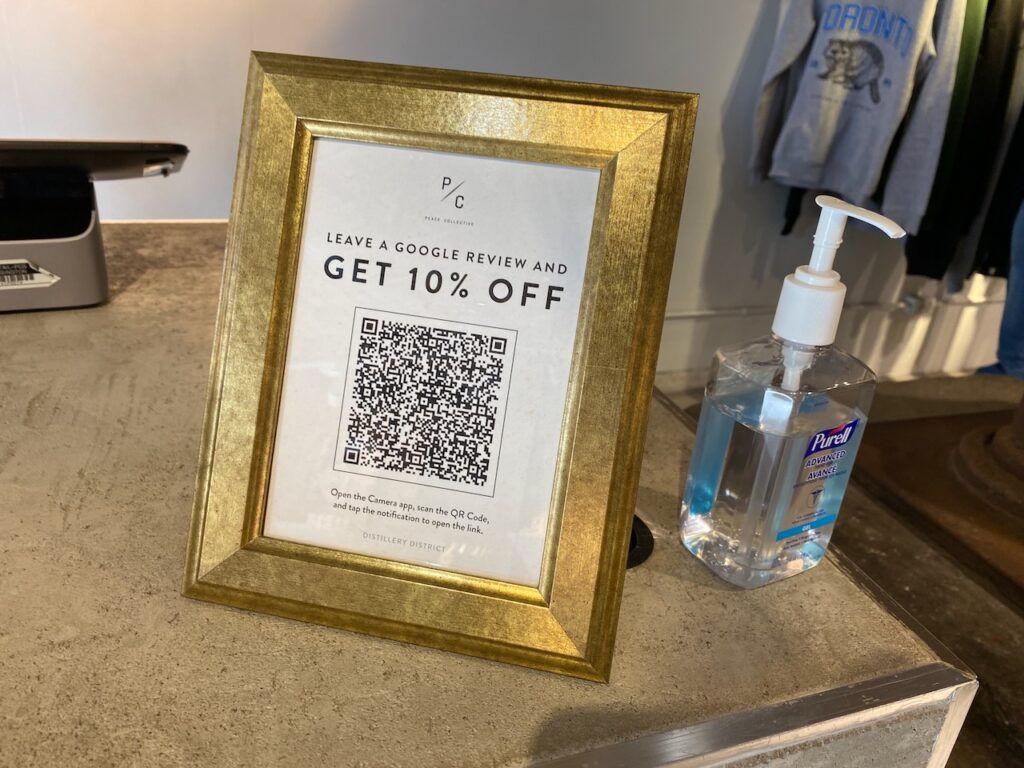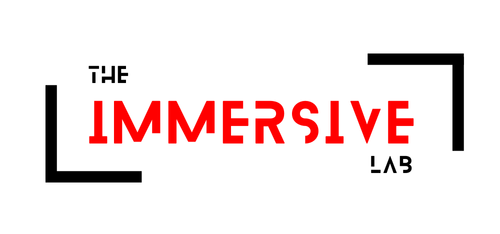Customer feedback is the lifeblood of any successful business. It’s how brands understand what they’re doing right and where they need to improve.
The insights provided by consumers through their voices can be more than what sells and what doesn’t. Because of this power, it’s probably time to discuss the innovation and interest on what can be done to request feedback and how can brands use this feedback to improve the offerings across the retail, entertainment, and hospitality sectors.
The Importance of Customer Feedback
Listening to your customers is crucial. Their feedback helps you understand their needs and expectations, leading to better products and services. More importantly, it enhances customer satisfaction and loyalty. Happy customers are repeat customers, and they’re more likely to spread the word about your brand.
If you have an issue, it’s more likely to affect return rate and frequency of visits. For certain industries and businesses, this is so critical.

Methods of Collecting Feedback
In-Store Feedback Collection
Placing feedback forms in-store is a traditional yet effective method. Position them at key locations such as checkouts or exits, where customers can easily spot them.
Train your staff to encourage feedback, making it a part of their routine interactions with customers. Brands that have mastered this technique, like some boutique retailers, have seen significant improvements in customer satisfaction.
You also should reward your customers, as that way you’re able to get a balance of data points and allow for your teams to work on the opportunities and double-down on the successes.
Using QR Codes for Feedback
QR codes offer a modern twist. They’re convenient for customers and provide real-time data collection. Implementing QR codes is straightforward – place them on receipts, menus, or posters around the store. Customers can scan the code with their smartphones and instantly access the feedback form. Many restaurants and retail stores have successfully used QR codes to streamline the feedback process and gain valuable insights.
The QR code can link to a google doc or a google form, which can be geotagged and filtered with the best questions and opportunities.
Feedback through Apps
Integrating feedback forms within your brand’s app can be incredibly effective. Use push notifications to remind customers to leave feedback after a purchase or visit. App-based feedback allows for a personalized approach and can be tied to loyalty programs, enhancing the customer experience. Entertainment venues and hotels have found this method particularly useful for gathering detailed feedback.

Best Practices for Designing Feedback Forms
Keep it short and sweet. Nobody likes a long, cumbersome form. Ask the right questions, balancing between quantitative (ratings, multiple choice) and qualitative (open-ended) questions. Ensure anonymity and confidentiality to encourage honesty. The more straightforward and user-friendly your form, the more likely customers are to complete it.
Analyzing and Interpreting Feedback
Once you’ve collected the feedback, the next step is analysis. Use software tools to sift through the data, identifying key trends and common issues. Segment the data by demographics or visit frequency to gain deeper insights. Brands that have successfully analyzed their feedback often find hidden gems that lead to significant improvements.
Acting on Feedback
Feedback is only valuable if you act on it.
Create an action plan based on what your customers are telling you. Prioritize changes that have the most significant impact on customer satisfaction and business performance. Communicate these changes back to your customers, showing them that their feedback matters.
For instance, it’s not a secret that the hospitality industry (hotels specifically) are using technology to revamp the check-in and check-out processes, which creates an opportunity to avoid a negative touchpoint and turn things into a positive experience without hurdles.
Continuous Feedback Loop
Collecting feedback shouldn’t be a one-time activity. Make it an ongoing process. Regularly update your feedback forms to stay relevant and encourage repeat feedback. Building a culture of continuous improvement within your organization is key. Some brands have established continuous feedback loops that keep them agile and responsive to customer needs.

Best Practices and Tips
- Encourage maximum participation with incentives and easy access to feedback forms.
- Train your staff on the importance of feedback and how to solicit it effectively.
- Keep the feedback process transparent and customer-friendly.
- Learn from brands excelling in feedback collection, such as tech-savvy retail chains and innovative hospitality groups. Look to brands like Starbucks, Disney and Expedia.
Customer feedback is an invaluable resource. By effectively collecting and using this feedback, brands can make informed decisions that enhance customer experience and drive business success. Start or enhance your feedback collection strategy today, and watch your customer satisfaction soar.


